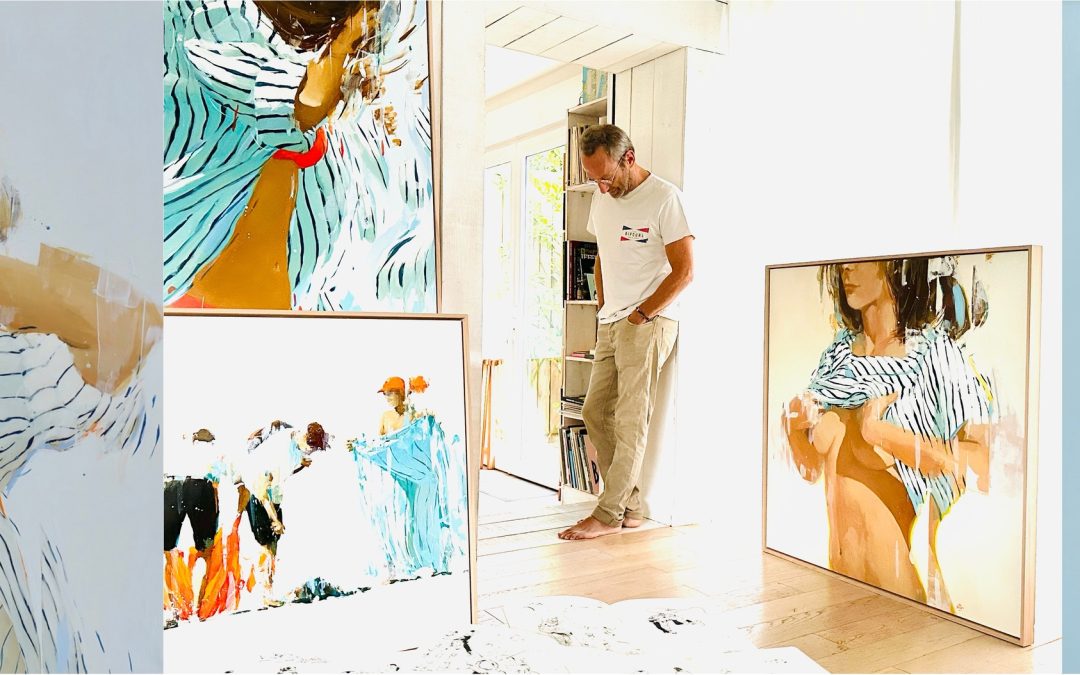
Jul 14, 2024
Jean-Marie Drouet’s work is a stunning display of contemporary art at its finest.
Born in 1961, Drouet initially pursued studies at the Ecole des Beaux Arts, but later transitioned from a successful career in advertising and publishing to focus exclusively on painting.
Drawing from his extensive experience in editorial design and photography, Drouet’s work stands as a testament to the limitless possibilities of color, form, and composition in contemporary art.
Drouet’s diverse portfolio spans both abstract and figurative realms, distinguished by their bold palettes and striking arrangements that echo cinematic aesthetics, instilling a sense of tranquility. As an avid sketcher, Drouet favors high-contrast colors and minimalist compositions in his abstract pieces.
These paintings captivate with their dynamic interplay of vivid hues, inviting viewers to immerse themselves in the fluid motion and captivating textures, evoking a profound sense of wonder.
Beyond his abstract creations, Drouet’s figurative works also command attention, capturing the human form with raw, unfiltered emotion. His masterful use of color infuses each figure with tangible vitality and feeling.
Often set against the backdrop of sun-drenched coastal landscapes in western France, Drouet’s subjects exude a distinctive charm and intimacy, further enriching the narrative of his art.
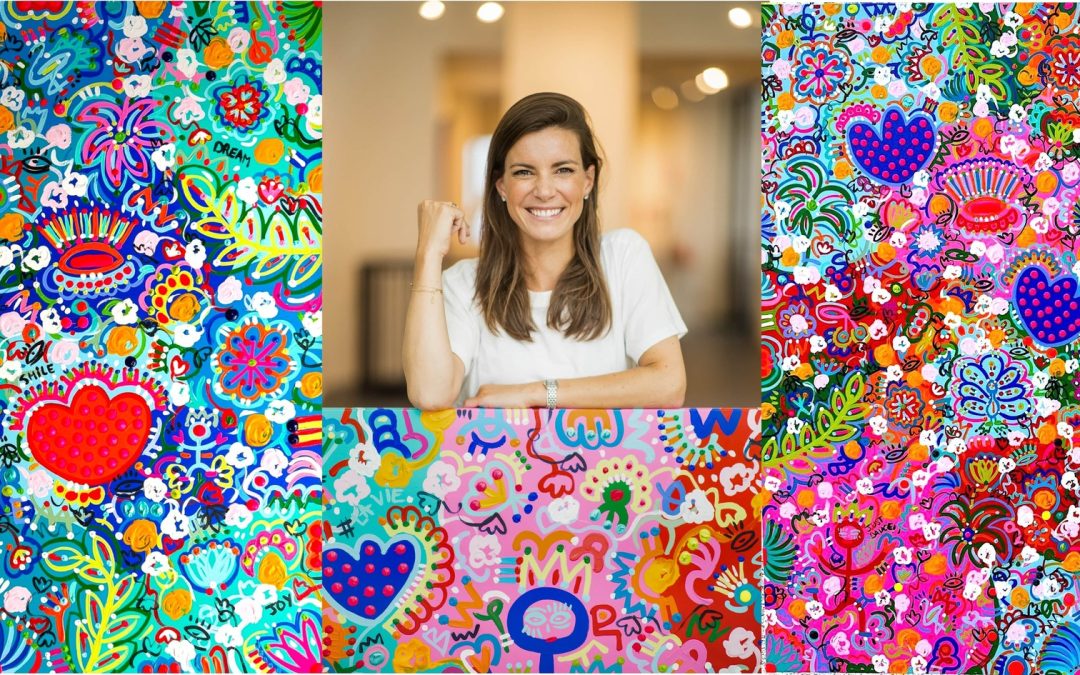
Jul 14, 2024
BARBARA COX
Trained as a lawyer, renowned photographer, and young mother, Barbara Cox is a Belgian
artist living near Brussels. Her dreamlike and colorful universe resembles an enchanted
garden. Barbara aims to inspire wonder and happiness.
Exposed to art and museums from a young age by her parents, Barbara developed a passion for classical
dance, later expanding into fashion and architecture. After several years as a lawyer at the Brussels Bar, she
decided five years ago to pursue wedding photography, a source of daily happiness and satisfaction. During
the Covid pandemic, painting emerged as a way to brighten her narrowed life and unleash her overflowing
creativity. Quickly, the artist developed her distinct, cheerful, and innocent visual style, which she believes is
essential to our lives.
Instantly recognizable, Barbara Cox’s series of paintings, ‘Garden of Dreams,’ transports us into a dreamlike,
joyful, and enchanting world. Like a journey, each viewer is invited to narrate their own story through the
colors and shapes on the canvas. Throughout her works, one can discover ‘Barb Happy,’ a small ‘guardian of
happiness’ character that appears in all her pieces. Other visual elements like strawberries, eyes, bees, along
with positive phrases, create a dynamic and liberating ensemble. “For me, art should bring positivity,
calmness, and make the heart smile.”
The casual and spontaneous aspect is claimed as essential by this lover
of freedom who avoids authority and ‘what will people say.’ The artist’s creative process is meant to be
instinctive, detached from too rigid a framework.
Ambitious and passionate, Barbara’s art, born from a journey of re-enchantment, has enjoyed immediate
success and continues to inspire wonder.
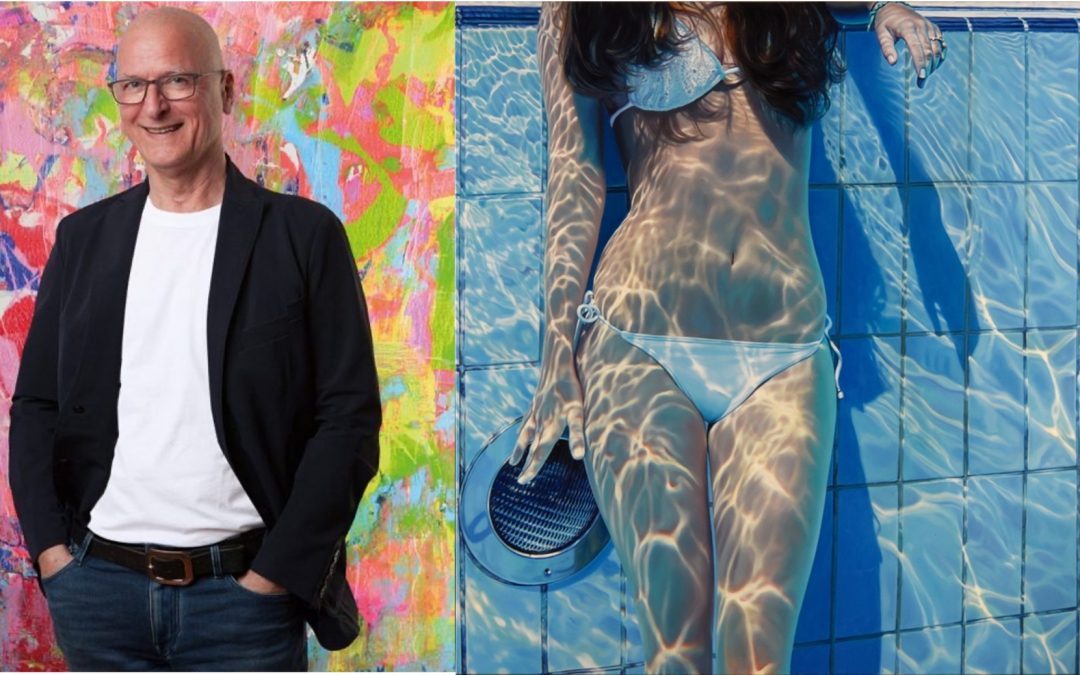
Jul 14, 2024
Jean-Pierre Kunkel, bornin 1950 in Liévin, France, stands as one of Germany’smostcelebratedillustrators and commercial artists. His journey into the world of art began with formaleducation in painting at both the Academy of Fine Arts in Munich and the University of Fine Arts in Hamburg. Initially, Jean-Pierestarted working as an illustrator, building a career for over 35 years of experience in the advertisingindustry.
After his studies, Jean-Pierre went on to discover the art scene of Paris and New York, where heassisted the French advertisingphotographer and art activist Jean-Paul Goude. That time greatlyinfluenced Jean-Pierre Kunkel’sphotorealistic way of working thatheperfected on an auto didactical basis later on.
His workgot world-widecoveragewhenhecreated a famous cover for “Der Spiegel”, a German weekly news magazine with one of the largest publications of Europe.
Currentlyresiding and operating fromHamburg, Kunkel’sartisticrepertoirespans a diverse range of mediums, includingwatercolor, oilpaints, airbrush, photography, and digital image manipulation. However, itis his unique fusion of techniques in his photorealisticseriesthattruly sets his workapart.
Through his masterful use of color, light, and texture, Kunkelbreathes new life into his subjects, transformingordinary moments captured by the camera into extraordinaryworks of art. In Kunkel’s hands, reality is not simplyreplicated but reimagined, allowingviewers to experience the world through his unique perspective. Like his teacherGoude, heapproaches his ownidea of perfectaesthetics through art. In thissense, photorealismisboth a stylisticdevice and a technique.
Eachpiece in Kunkel’s pool collection ismeticulouslycrafted, with every stage of the process executed with precision and care. It all begins with the conceptualization of photographic images and the quest for the perfectmodels. Kunkelthenbrings his vision to life through elaborateunderwaterphotoshoots, capturing the essence of his subjects in a distinctive manner.
Following the photography stage, Kunkelmeticulouslysifts through his digital images, isolating and reassemblingindividualelements to createcohesive compositions thatevoke a sense of harmony and balance. Jean-Pierre aims for perfection, and underwaterdistortion of the body by the reflectionunderwater must beeliminated in the process.
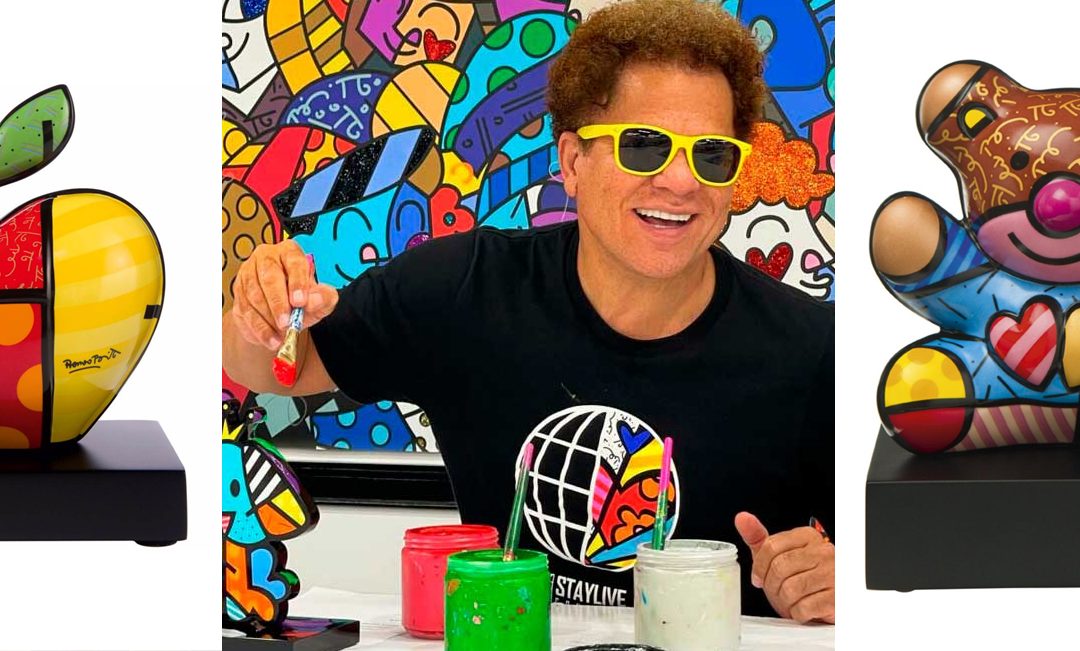
Dec 27, 2023
Romero Britto, founder of the Happy Art Movement, is an internationally renowned artist who has created an iconic visual language of happiness, fun, love, and hope all its own inspiring millions worldwide.
Brazilian-born and Miami-made, Romero has made it to the top and is considered one of the most famous and celebrated living visual artists in the globe. Britto’s appreciation of the masters Pablo Picasso, Henry Matisse, Andy Warhol, Keith Haring, and Roy Lichtenstein influenced him to create a completely new artistic style by using vibrant, bold, and colorful patterns to reflect his optimistic view of the world around him.
His work has been exhibited in the most prestigious galleries and museums in over 120 countries, including the Carrousel Du Louvre and he was the first living visual artist to present his work at the Soumaya Museum. Romero Britto has also created innumerous public and private art installations, not to mention the largest in the history of London’s Hyde Park. He did the opening of the Super Bowl XLI in collaboration with the Cirque Du Soleil, was the official artist for the 2010 FIFA World Cup South Africa, ambassador to the 2014 FIFA World Cup Brazil, honorary torch bearer and ambassador for the Rio 2016 Olympic Games.
Britto, considered the most licensed artist in history, is a frequent speaker at the World Economic Forum (Davos, Switzerland) and is an activist for more than 250 charitable organizations, but most of all, he is an artist who believes that “art is too important not to share” and that he has a role as an agent of positive change.
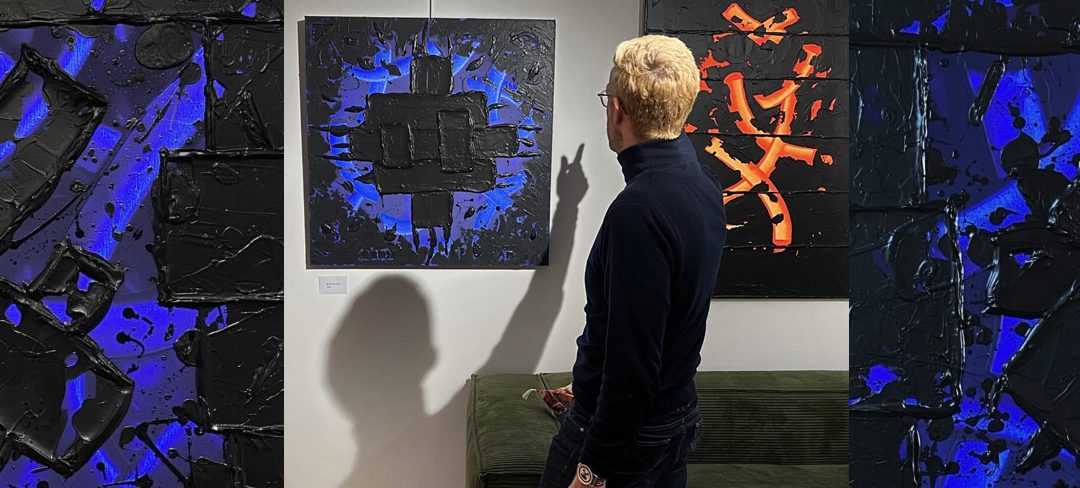
Sep 7, 2023
Arnaud Dumat is an abstract artist born in 1967.
His career was marked by a rich and eventful life before discovering a new passion: painting, creation.
In 2020, after a drama and an artistic encounter, Arnaud Dumat decided to go green with art. He so began exhibiting his works in art galleries and quickly gained notoriety thanks to his unique abstract style.
Arnaud Dumat is recognized today for his paintings overflowing with emotions, in which he explores his secret garden; He uses a wide palette of colors to transcribe his feelings and personal experiences, which he prefers to keep secret.
Contrasts and materials nourish his works. Black, blue, orange, yellow, green, red, pink, his paintings are full of energy and life. They all reflect his complex personality and artistic sensitivity.
Despite his growing fame, Arnaud Dumat remains humble and discreet.
Arnaud Dumat is an abstract artist born in 1967.
His career was marked by a rich and eventful life before discovering a new passion: painting, creation.
In 2020, after a drama and an artistic encounter, Arnaud Dumat decided to go green with art. He so began exhibiting his works in art galleries and quickly gained notoriety thanks to his unique abstract style.
Arnaud Dumat is recognized today for his paintings overflowing with emotions, in which he explores his secret garden; He uses a wide palette of colors to transcribe his feelings and personal experiences, which he prefers to keep secret.
Contrasts and materials nourish his works. Black, blue, orange, yellow, green, red, pink, his paintings are full of energy and life. They all reflect his complex personality and artistic sensitivity.
Despite his growing fame, Arnaud Dumat remains humble and discreet.
Contrasts and materials nourish his works. Black, blue, orange, yellow, green, red, pink, his paintings are full of energy and life. They all reflect his complex personality and artistic sensitivity.
Despite his growing fame, Arnaud Dumat remains humble and discreet.
Page 1 of 1112345...10...»Last »







